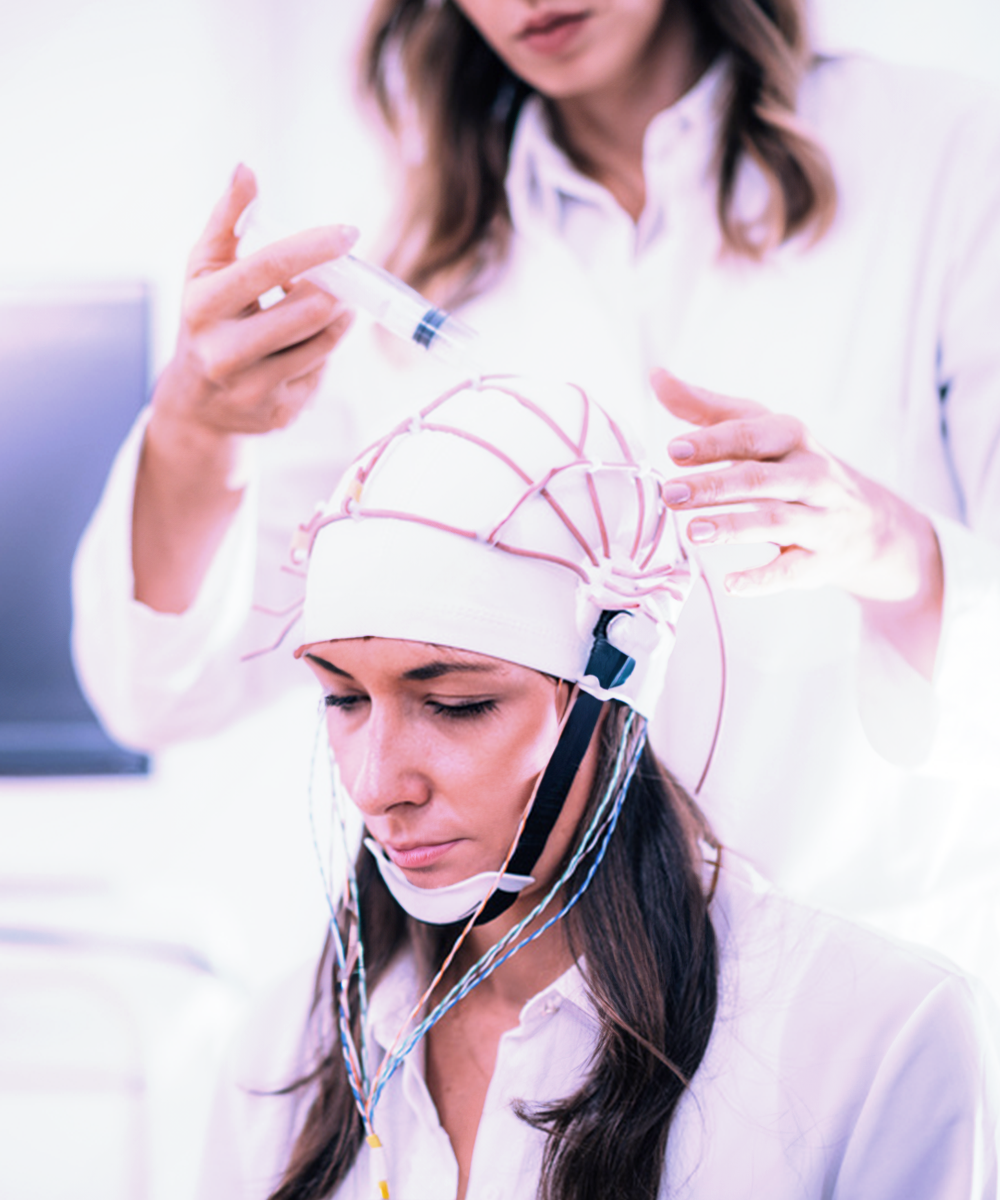7
Studies Conducted
24
Years of Research
Everything is Vibration
Sound, Water & Sonopeace
When the Sonopeace frequencies are played into water, a strange thing happens. A pattern that appears that matches the patterning we found in the human heart and brain.
Sonopeace’s natural sequence of frequencies are shown to induce a deep level of sleep.
Through research into sound patterns, they found that a specific frequency produced a Pattern that was a precise match to the patterning emitted by the stethoscopic sound of a human heart and the sonification of the electro-magnetic waves of the human brain.
Over the past decade, numerous studies have been conducted to explore how these frequencies influence might the physical environment. Below is a summary of the key experiments that have shaped our understanding of Sonopeace and its potential applications.


2012-2017
Challenging Assumptions About Sound



2012
In 2012, advancements in technology allowed scientists to investigate whether the predicted geometry and the pattern it traced could be generated by imaging a specific frequency.
When they resonated a small vessel of water what was hypothesized to be the ‘priming’ frequency, the results were astonishing! The exact geometry and the pattern at the heart of Sonopeace emerged.
Further experiments showed a remarkable match between this frequency and the images that appeared when the sounds of the human heart and brainwave activity were used to resonate a small amount of water.
This discovery led to the following hypothesis that was best posed as a question:
Might these frequencies induce Theta waves associated with relaxation, creativity, and memory processing??
Read The Full Study2015
A small experiment was conducted in Davis, California, where participants reported experiencing reduced stress, increased focus, and a profound sense of relaxation after listening to Sonopeace frequencies.
These initial anecdotal results quickly ignited the scientific investigation.
Watch Full Video2016
The 2016 Sonopeace study tested the effects of synchro-acoustic frequencies on meditation with 22 participants.
Using an 11-minute beta track, participants reported profound experiences, including heightened clarity, deeper relaxation, and improved focus.
Many described a unique connection to the frequencies, fostering inner silence and creative imagery. Some felt a stronger connection to the Divine or reported subtle shifts in their perception of time.
The study concluded in 2018, leading to further research, including a biofeedback study with Dr. Andres Munoz in Spain. Overall, the frequencies facilitated deepened meditative states and enhanced participants' spiritual and creative experiences.
Read The Full Study & Results

2018-2019
Using technology to monitor cognitive & mental states


This study did not call the frequency profile Sonopeace. The study officially opened 26th November 2018 and closed 07th January 2019.
During the study participants consistently reported:
- An increase in their ability to focus
- An improvement in rest and sleep
- An ability to remember their dreams.
Immediately after the study the participants evaluated their experience over the entire study period. The ten questions related to personal changes overall shows statistically highly significant positive effects from listening to this soundtrack. The weakest effect was seen for the sleep patterns, where two thirds of the participants reported improvements.
Given that people experimented with the volume and most listened at high volume, and no one has reported any adverse side effects, we conclude that the soundtrack is safe for listening.
From the correspondence with participants, we also conclude that to achieve the best experience listening to the soundtrack requires high quality technical devices.
Read The Full Study & Results Here2018
In 2018, a small neuro/cardio study explored the potential of Sonopeace to rebalance the human body’s bio-ecology.
The hypothesis was that short exposures to the frequencies could promote relaxation and improve focus. The study included biofeedback measurements (EEG, HRV, Electrodermal Activity and Diaphragmatic Breathing Patterns) and yielded encouraging results in stress reduction and emotional regulation.
The most significant results were:
All showed increases in the Alpha/Theta ratio.
"This suggests that regular exposure to this resonant frequency could improve mood, increase empathy and positive social behavior" - Psychologist, Andres Muñoz Rizos (Marbella, Spain)
Read The Full Study & Results
2020-2021
Studies Focused on Brainwave Activity

2020
This study aimed to detect Theta waves but unexpectedly found that most participants entered a Delta state, which is associated with deep sleep.
The participants, as well as biofeedback devices, confirmed this surprising result.
Read Full Study
2022-2025
Showing the application of restorative sleep


2022
A third study was conducted in 2022 with participants…`The Quest for Deep Sleep; The Quest for Delta.
Satitistical significance was found, with the EEGs of 70% of partcipants showing they were in a deep sleep state, Delta, within minutes.
This led to the development of Sonopeace, an application of frequencies shown to promote restorative sleep.
View The Study Here2025
SleepScore, a pioneer in sleep health, is conducting a 6-week randomized controlled placebo study of Sonopeace.
With over 380 million hours of data from their sleep tracking technology, this study will monitor 40 participants sleeping in their homes.
The SleepScore Max device will track both subjective sleep quality and objective metrics by analyzing movement, respiration, and vibrations.
Leading the study is renowned sleep expert Dr. Michele Okun, whose extensive sleep research background will help evaluate Sonopeace's impact on sleep patterns and health.
The research conducted so far demonstrates that Sonopeace frequencies have profound effects on brainwave activity, emotional regulation, and stress reduction.
With each study, the scientific basis for Sonopeace becomes stronger, paving the way for its future applications in wellness and mental health.
Stay tuned for more exciting updates as our research continues.


I slept the best I have slept in years after just one use.
Since starting this journey with these tracks, I have never slept better. It normally takes me a long while to get off to sleep, but as soon as I put the sound on – I am out like a light.
I have had insomnia for as long as I can remember, and this really helped me by distracting my racing thoughts. I'm trying to stop using sleeping pills, and this is helping me.
I slept 8 hours! I don't know when was the last time I got even 5 hours! Thank you.
I fall asleep faster and don't wake up during the night.
Falling asleep is definitely becoming more predictable. Last night, I got a solid 6 hours of sleep, and this is definitely an improvement for me.









